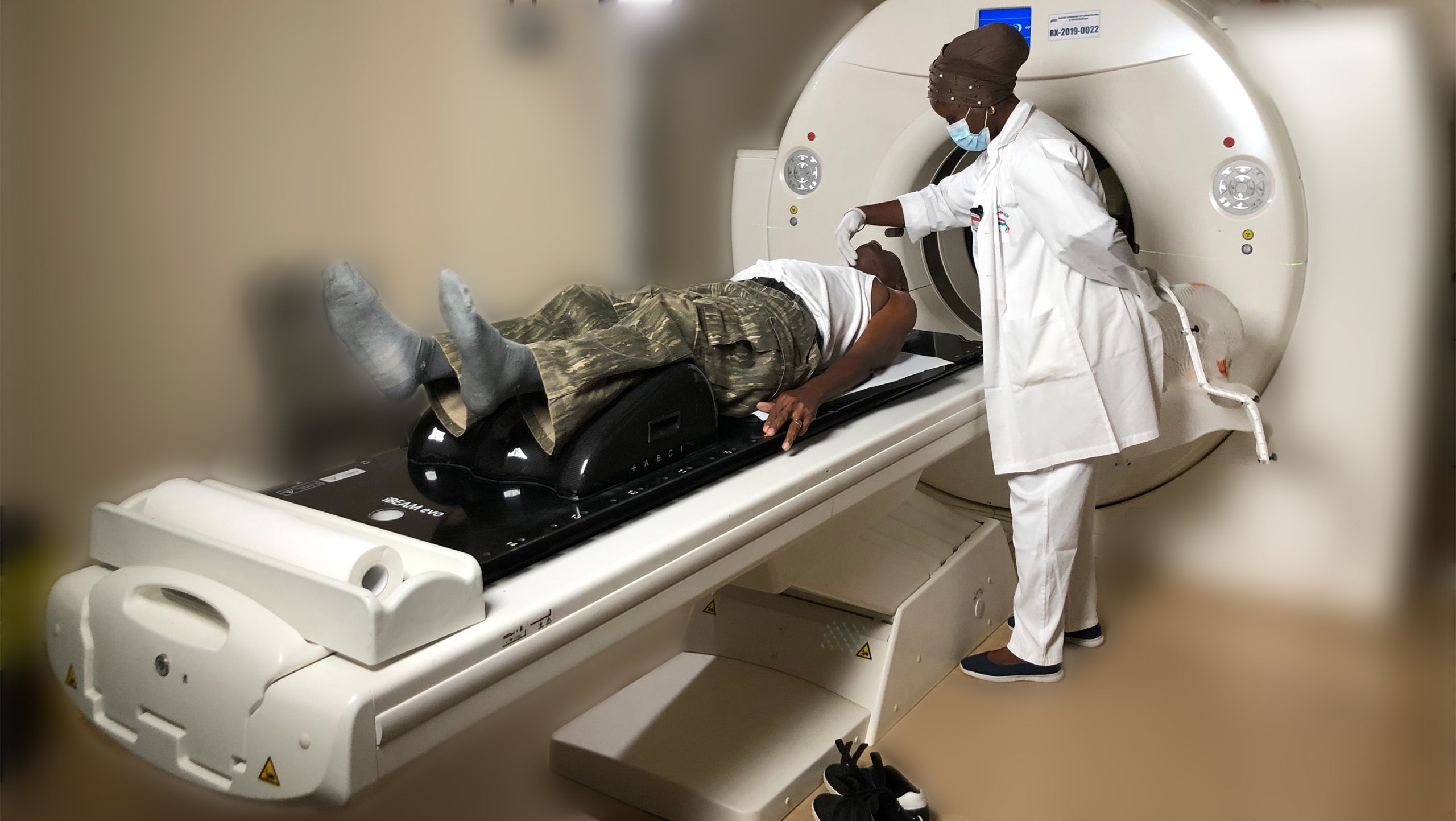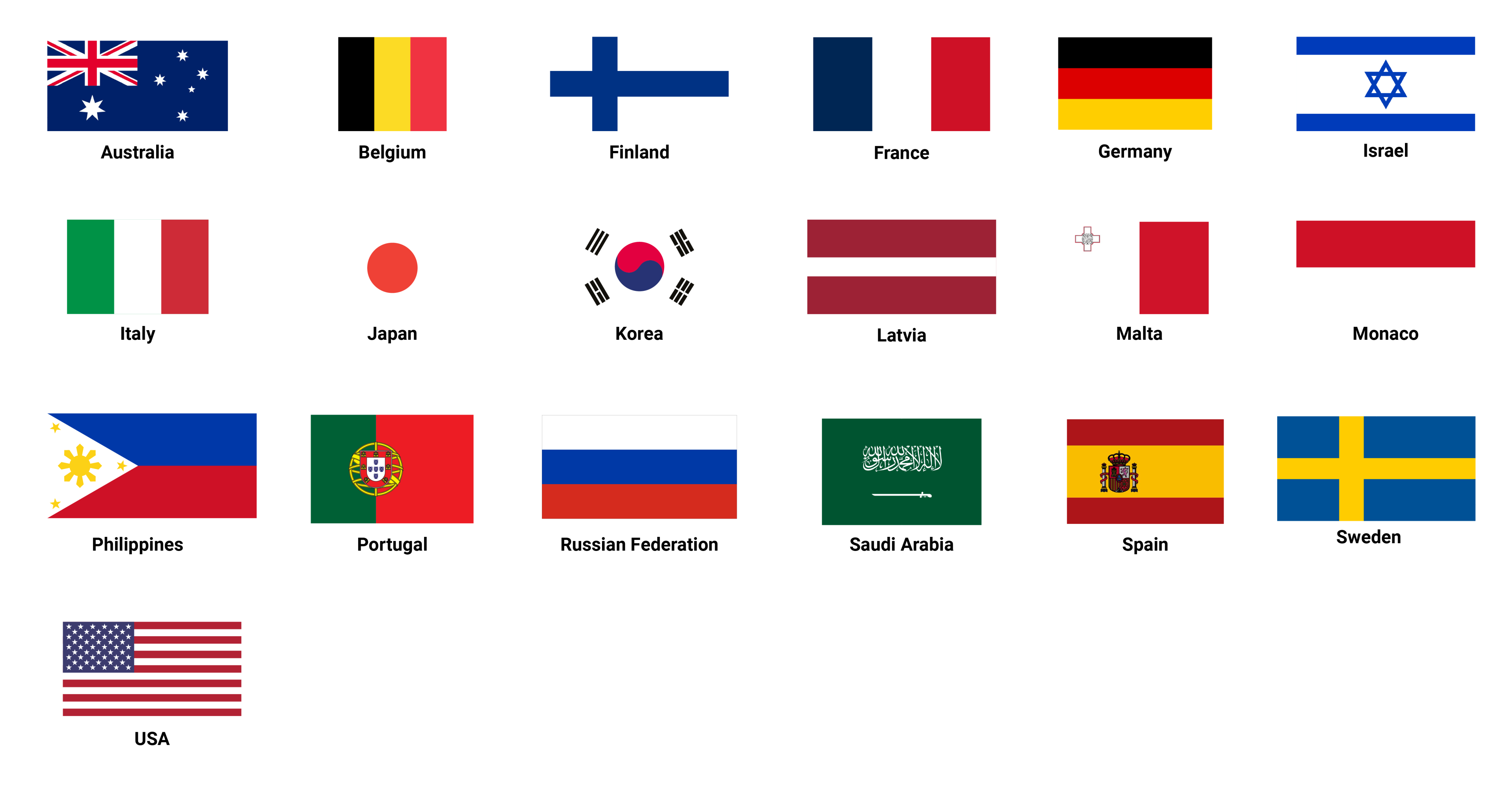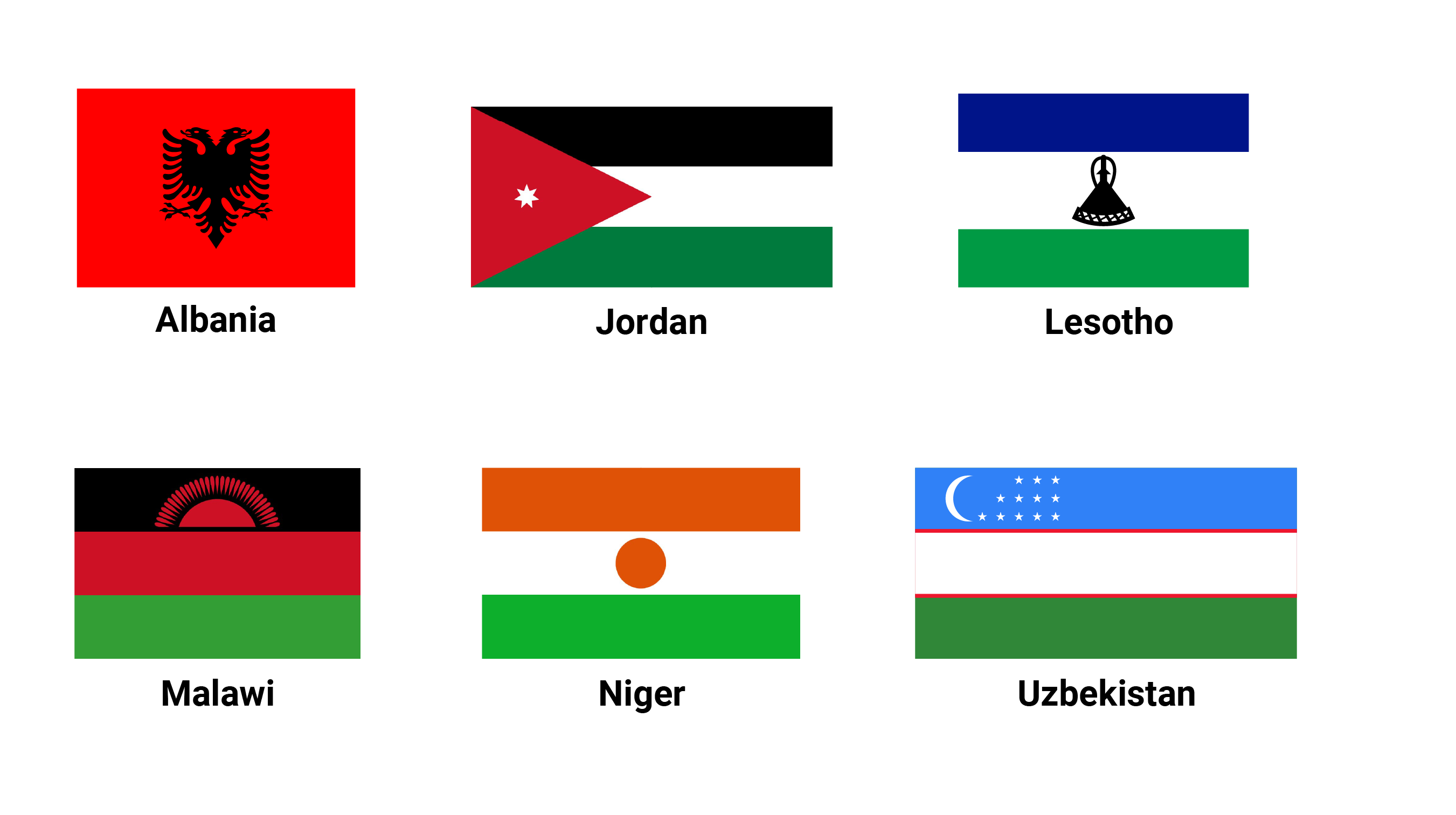Partner With Us
to bring access to cancer care where it is most needed
Rafael Mariano Grossi, IAEA Director General
What is the IAEA's Rays of Hope initiative?
Rays of Hope is the IAEA's cancer care initiative. Through partnerships with governments, international financial institutions and the private sector, Rays of Hope helps to save lives by increasing access to radiotherapy and diagnostic imaging services used in cancer care.
Rays of Hope integrates the breadth of the IAEA’s six decades of expertise in helping countries fight cancer. Focusing on countries without radiotherapy or with inequitable access to cancer care, the IAEA prioritizes high-impact, cost-effective, and sustainable interventions in line with national needs and commitments.
To ensure sustainability, these projects build or strengthen cancer care infrastructure, as well as increasing human resource capacity and training. The IAEA also contributes to improving countries’ radiation safety legislation and provides quality control to deliver safe, secure and effective cancer services.
Join our community of donors and partners
The IAEA works in close partnership with Member States, United Nations agencies, research organizations, the private sector and civil society to maximize the impact of the Rays of Hope initiative.
A special thanks to our donors and partners, whose contributions are helping cancer patients in low and middle income countries to access life-saving diagnostic and radiotherapy equipment, and get the training required for a sustainable medical workforce.
◾️ Member States donating through Rays of Hope
◾️ Member States sharing the cost of Rays of Hope intervention
◾️ Partners supporting Rays of Hope
Several partners are supporting Rays of Hope in closing the gap in access to the medical uses of radiation technology in low and middle income countries.
What has been achieved so far?
Over 90 countries have already expressed interest in participating in Rays of Hope, and a broad range of donors and partners have offered substantial financial support — over €80 million to date. Below are a few examples of achievements:
- In Malawi, as part of the Rays of Hope initiative, the IAEA has delivered two linear accelerators, a brachytherapy machine, CT-simulator, and dosimetry equipment, while additional equipment is being procured. The country's first public radiotherapy facility is nearly complete.
- Europe’s first Anchor Centre at Ege University held a milestone workshop in April 2024, bringing together nearly 100 radiotherapy professionals to share best practices in paediatric radiotherapy.
- Thirty-two mammography units were procured through Rays of Hope for 19 countries in Latin America and the Caribbean. Delivery and installation of the machines is ongoing, and once in place these units will provide services for up to 250,000 women.
- The Anchor Centre in Japan organized a training course in August 2024 for nuclear medicine physicians from 15 different countries in the Asia Pacific region — enabling them to gain innovative insights on the field of personalized, precision medicine, such as theranostics.
Construction of radiotherapy centre on-going in one of the first African countries to benefit from Rays of Hope support.

How to get involved?
Whether you are from the public or private sector, academia or civil society, we welcome your interest in becoming a Rays of Hope donor and/or partner. You can support us by providing:
1. financial contribution
2. in-kind support in the form of equipment, educational grants and fellowship training
3. new call for partnerships and financial and in-kind donations recently launched on the United Nations Global Marketplace
What difference will it make?
◾️ Your support will save lives
With additional resources, the IAEA will be able to bridge the gap in access to life saving cancer services. The initiative will support countries to build treatment facilities, purchase equipment and train medical personnel and cover the initial operating costs.
Additionally, we will be able to provide support for regional anchor centres, which are already established radiotherapy centres working closely with the IAEA. Anchor centres will serve as hubs for training and education opportunities such as fellowships, training course and workshops. They will provide advanced clinical services, continuous professional development and quality assurance. This will attract cancer care professionals from neighbouring countries and the region and help to maintain their expertise where it is needed, reinforce regional capacity building and avoid brain drain through South-South cooperation.
◾️ Your support will contribute to the Sustainable Development Agenda
The Rays of Hope initiative and its activities directly achieve the following goals:
SDG 3, Indicator 3.4, reducing premature mortality from non-communicable diseases through prevention and treatment.
SDG 17, maximizing the nuclear technology contribution through partnerships with Member States, UN agencies, research organizations, civil society, and the private sector.
Focusing on countries with the greatest needs, Rays of Hope prioritizes high-impact, targeted and sustainable interventions.






